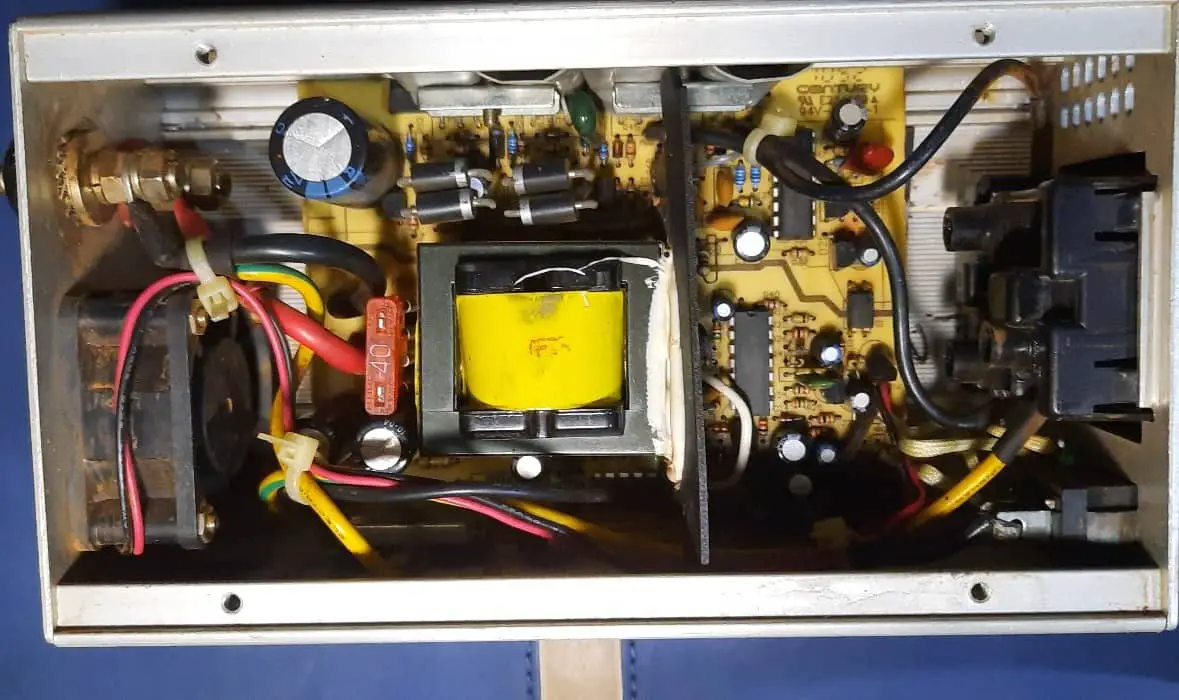I’ve owned several inverters over the years, using them to supply power to essential appliances in the house when the grid goes down, or
in one case, as the main supply, to keep the outdoor security lights powered throughout the night off a battery source charged by a set of solar panels.
While a decision to replace in some cases is straightforward, in more cases it can be nuanced and may be on the fence whether to replace it or not.
The purpose of this post is to share with you some guidelines that can help you make the decision to replace earlier, saving you time.
To Replace an RV Inverter or Not
Here are some guidelines that I use that you may want to consider if you’re undecided about whether to replace an inverter or not.
Note: Always contact a qualified technician for advice

Knowing whether an inverter is faulty or not is sometimes not straightforward.
In addition to referring to the inverter manual, here are some signs that could point to a faulty inverter.
Note: Do not hesitate to contact a qualified technician for support.
Signs an RV Inverter is Faulty
There’re several signs that you can pick up when an inverter is bad and stops working. In some cases, it may be one or a combination of signs.
Even then, They may vary from one model to another so what you experience on your particular model may be different than what is listed below.
1. Fault LED (RED) displays and there is no power at its output
If this LED stays lit and there is no fault – you inspect the inverter installation and it is not overheating, the connected appliance load is within its operating range (watts) – no short-circuit or overload.
2. The inverter fuse keeps popping and there is no LED light whatsoever
This too can point to a failing inverter especially if there is no appliance or wiring connected to the inverter outlets whatsoever.
It most probably indicates an internal fault in the inverter.
3. Burnt smell from the inverter. This too is a sign that the inverter is damaged and therefore requires a technician to look over it.
For the smaller inverters, the labor costs may not be worth it however unlike the larger more expensive inverters.
How Long Does an RV Inverter Lasts?
Unfortunately, there is no one answer – there’re several variables that can determine how long an inverter actually lasts:
- quality of manufacture
- installation in the recommended operating environment
- Whether you do any periodic maintenance or not
- Only connecting appliances whose power draw is within the capabilities of the inverter
That said, a good quality, properly installed inverter can last for many years without failing.
In my case, for example, I have a pure sine-wave that’s been in operation since 2011 (nearly 12 years now!)
How to Get Your Inverter to Last
There are several factors that you have within your control that can get your inverter to last.
1. Make sure it is installed in an environment where there is a free flow of air to keep it running cooler and it is not exposed to moisture or water.
Do not install it near any sources of heat – direct sunlight, the hot side of the fridge, or any hot surfaces for example.
2. Use a blower or get a qualified technician to remove any buildup of dust in the vents or around the fan.
This keeps it running cooler and limits of the likelihood of the inbuilt electronic components failing prematurely from being exposed to temperatures beyond their operating limits.
3. Do not overload the inverter.
Closing Thoughts
Consider replacing an RV inverter if it is running at or close to its rated power-handling capability.
Planning to connect an appliance with a high power draw than the inverter can handle? Upgrade and replace the existing inverter or use a larger power source.
These are some of the guidelines to inform your decision to replace an inverter.
Recommended Posts
